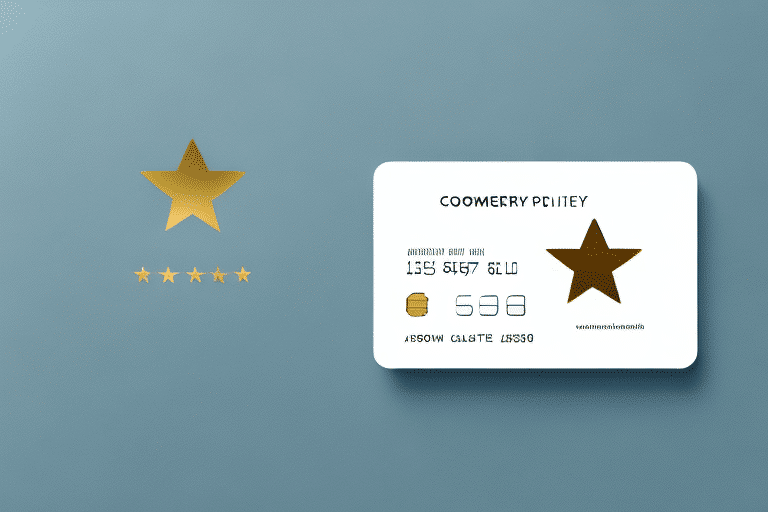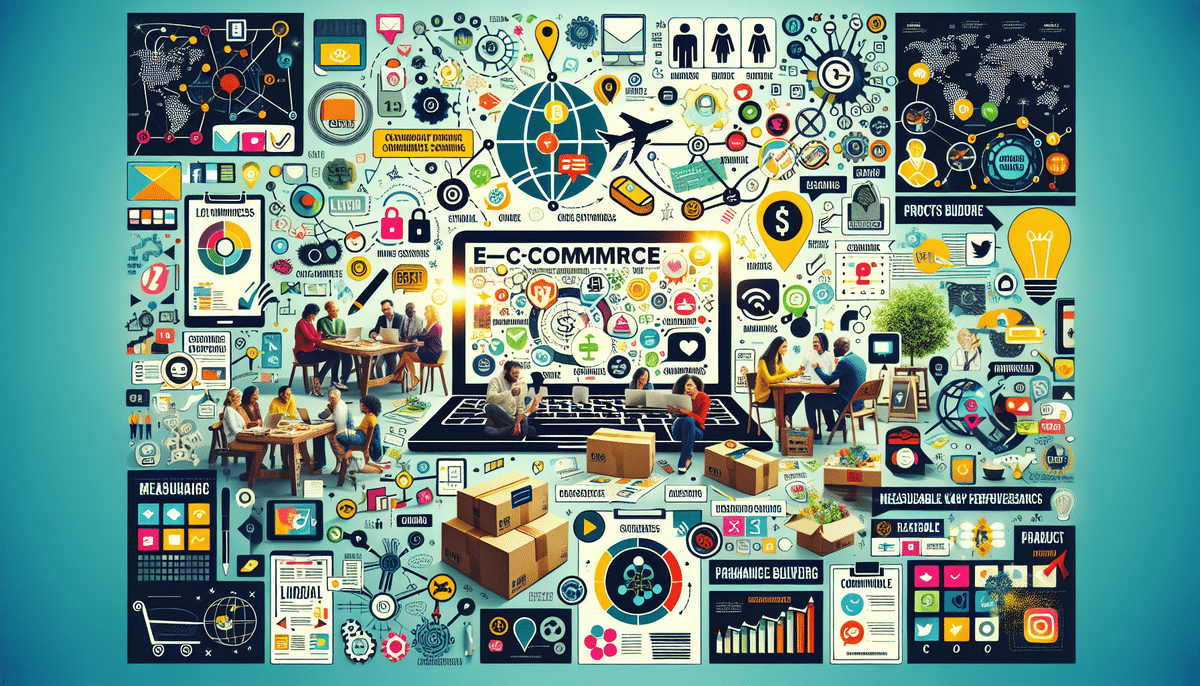Maximizing Customer Retention with Loyalty Programs
As a business owner, you are well aware of the importance of customer retention. Keeping your existing customers happy and engaged is essential for building a strong brand, generating repeat business, and increasing profitability. One effective way to boost customer retention rates is through loyalty programs. In this comprehensive guide, we'll take a deep dive into loyalty programs and how they can help your business maximize customer retention.
Understanding the Importance of Customer Retention
Before delving into loyalty programs, it's crucial to understand why customer retention is so vital for your business. Research indicates that retaining a customer can be five times cheaper than acquiring a new one (Investopedia). Repeat customers tend to spend more money and are more likely to refer others to your business. Moreover, a loyal customer base can help you navigate economic downturns or industry shifts. Thus, customer retention is fundamental to the long-term success of your business.
Improving customer retention can be achieved through various strategies, including providing excellent customer service. When customers feel valued and heard, they are more likely to continue doing business with you. This involves responding promptly to inquiries or complaints, offering personalized recommendations, and exceeding their expectations.
Another critical factor in customer retention is building a strong brand identity. When customers resonate with your brand's values and mission, they are more likely to remain loyal. Achieving this involves consistent messaging, engaging social media content, and creating a unique and memorable customer experience.
The Role of Loyalty Programs
Benefits of Loyalty Programs
Loyalty programs are designed to reward customers for their repeat business, thereby encouraging them to continue patronizing your business. These programs can take various forms, including points-based systems, tiered programs, and punch cards.
One of the primary benefits of loyalty programs is that they foster a sense of customer loyalty and engagement. When customers feel appreciated, they are more likely to stay with your business even if your prices are slightly higher than your competitors'. According to a Bain & Company report, increasing customer retention rates by 5% can increase profits by 25% to 95%.
Loyalty programs also provide valuable customer data, enabling you to personalize your marketing efforts and enhance the customer experience. Moreover, satisfied customers are more likely to refer your business to others, leading to new customer acquisition and increased revenue.
Types of Loyalty Programs
There are numerous types of loyalty programs, each with its own advantages and disadvantages. Choosing the right program for your business depends on factors such as your budget, industry, and target audience. Here are some common types:
- Points-based systems: Customers earn points for their purchases, which can be redeemed for rewards like discounts or free products.
- Tiered programs: Customers are placed into tiers based on their spending levels. As they move up the tiers, they gain access to exclusive perks and rewards.
- Punch card programs: Customers receive a card that is stamped with each purchase. After a certain number of stamps, they receive a free product or discount.
- Membership programs: Customers pay a fee to become a member and receive exclusive benefits such as free shipping, early access to sales, and personalized recommendations.
Ultimately, the best loyalty program for your business will align with your unique needs and goals. Partnering with a reputable loyalty program provider can help you select and implement the most effective program.
Designing and Implementing a Loyalty Program
Building a Successful Strategy
Developing a strategy is crucial to maximize the effectiveness of your loyalty program. Here are some essential tips:
- Set clear goals: Define what you aim to achieve with your loyalty program. Ensure that your goals are specific, measurable, and attainable.
- Communicate clearly: Ensure that your customers understand how the loyalty program works and how they can earn rewards.
- Offer meaningful rewards: Rewards should be valuable enough to incentivize repeat business but also sustainable for your business.
- Personalize the experience: Utilize customer data to offer targeted rewards and personalized marketing.
- Track results: Monitor the success of your loyalty program using analytics and adjust your strategy as needed.
Personalization and Customer Experience
Personalization is a key element of successful loyalty programs. By tailoring rewards and communications to individual customer preferences, you demonstrate that you value them as unique individuals. This can enhance customer satisfaction and engagement.
To personalize your loyalty program, segment your customers based on their purchasing behavior and preferences. Offer rewards that align with their interests, and communicate with them through personalized channels such as email or SMS. However, always ensure that you have customer consent and adhere to data privacy regulations.
Communicating Your Loyalty Program
Effective communication is essential for the success of your loyalty program. Employ multiple channels such as email, social media, and in-store signage to inform customers about the program. Highlight the benefits and make it easy for customers to join.
Measuring and Enhancing Your Loyalty Program
Measuring Success
To ensure your loyalty program is effective, it's essential to measure its success through various metrics:
- Customer retention rates: Track how many customers continue to do business with you after joining the loyalty program.
- Revenue generated by loyalty program members: Compare the spending of loyalty program members to non-members.
- New customer acquisition: Assess whether your loyalty program is driving referrals and attracting new customers.
- Redemption rates: Analyze how many rewards are redeemed versus those issued.
Monitoring these metrics allows you to make data-driven decisions to improve your loyalty program continually.
Enhancing with Technology
Leveraging technology can significantly enhance your loyalty program's effectiveness. Tools such as loyalty program apps, customer relationship management (CRM) systems, and analytics platforms can help you collect and analyze customer data, personalize communications, and streamline the reward redemption process.
Avoiding Common Mistakes
Implementing a loyalty program can be challenging, and there are several common pitfalls to avoid:
- Overcomplicating the program: Ensure that your loyalty program is easy to understand and participate in.
- Offering irrelevant rewards: Provide rewards that are meaningful to your customers.
- Poor communication: Clearly explain how the program works and the benefits it offers.
- Neglecting data analysis: Regularly analyze customer data to refine and improve the program.
By steering clear of these mistakes and adopting a strategic approach, you can maximize your loyalty program's effectiveness and drive long-term customer loyalty.
Case Studies: Successful Loyalty Programs
Examining successful loyalty programs can provide valuable insights into best practices and strategies. Here are some notable examples:
- Sephora's Beauty Insider: This program rewards customers with exclusive discounts, birthday gifts, and early access to new products. Members of the program tend to spend three times more than non-members on average.
- Starbucks Rewards: Starbucks' loyalty program offers personalized rewards based on customer behavior, such as free drinks or food items. The program accounts for 41% of the company's U.S. sales.
- Airbnb Superhost: Airbnb's Superhost program rewards top-performing hosts with exclusive perks like higher visibility in search results and free professional photography. Superhosts earn an average of 22% more than non-Superhosts.
These examples demonstrate how well-designed loyalty programs can significantly boost customer engagement, retention, and profitability.
Conclusion
Loyalty programs can be a powerful tool for maximizing customer retention. By selecting the right program type, developing a strategic approach, and utilizing technology and data effectively, you can create a loyalty program that drives business growth and fosters a strong sense of customer loyalty and engagement. With the strategies, best practices, and real-world examples presented in this guide, you'll be well-equipped to implement a successful loyalty program for your business.






















